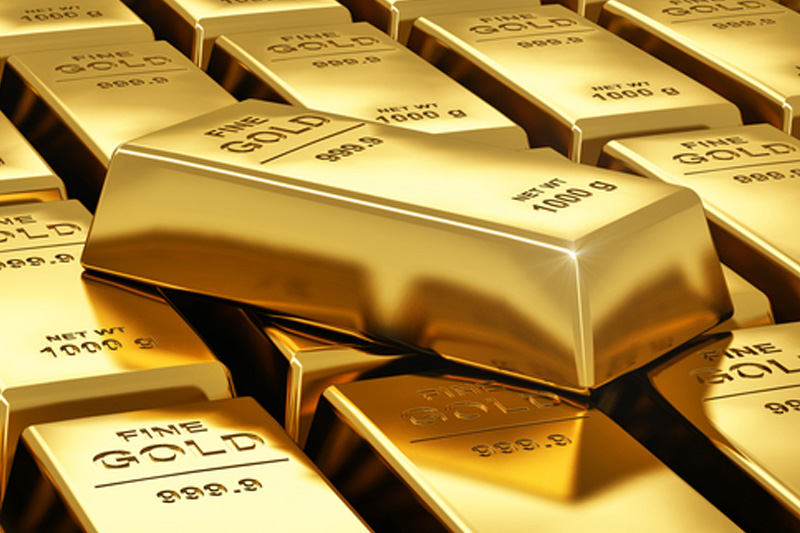Investing.com -- Gold closed slightly lower on Wednesday, amid rallies in global equity markets, dampening the appeal of the safe-haven asset ahead of a critical meeting by the European Central Bank's Governing Council.
On the Comex division of the New York Mercantile Exchange, gold for April delivery traded between $1,243.70 and $1,265.70 an ounce before settling at $1,25.00, down 5.90 or 0.47% on the session. At session lows, gold fell by more than $20 an ounce before paring some of the losses in U.S. afternoon trading. It came one day after gold approached 13-month highs from late last week when it soared to $1,279.90 an ounce. Despite Wednesday's losses, the precious metal is still on pace for one of its strongest opening quarter in nearly 30 years.
Gold likely gained support at $1,063.20, the low from January 4 and was met with resistance at $1,284.70, the high from Feb. 3, 2015.
Gold extended losses from the overnight, Asian session as crude rallied by more than 2% in European afternoon trading, erasing some of its losses from Tuesday's sell-off. The rebound was triggered by reports out of Saudi Arabia, where sources told Reuters that the kingdom is looking to procure loans between $6 and $8 billion in an attempt to stave off a budget deficit that reached as high as $100 billion last year. The report fueled speculation that Saudi Arabia could consider further concessions with OPEC and Non-OPEC producers in an effort to boost oil prices above $50 a barrel.
Meanwhile, stock markets worldwide moved higher in anticipation of the adoption of a wave of stimulus measures by the ECB's Governing Council at Thursday's closely-watched meeting. The ECB is widely expected to approve further easing initiatives as a means for bolstering economic growth throughout the euro zone and staving off inflation. When the central bank last met in January, it held its benchmark interest rate at a record-low of 0.05. The ECB could also lower its deposit and margin facility rates, while increasing the scope of its €60 billion a month bond buying program.
In the U.S., wholesale inventories rose by 0.3% in January, increasing by the highest level since last June and halting a three-month streak of negative moves. Analysts expected to see a slight decline of 0.1% for the month. As a result, the inventory to sales ratio fell by 1.3%, marking its fourth consecutive monthly decline.
The U.S. Dollar Index, which measures the strength of the greenback versus a basket of six other major currencies, fell to an intraday low of 96.95 on a volatile day of trading. The index, which is down more than 1% over the last two months, remained near two-week lows on Wednesday.
Dollar-denominated commodities such as gold become more expensive for foreign purchasers when the dollar appreciates.
Silver for March delivery fell slightly by 0.009 or 0.06% to 15.375 an ounce.
Copper for March delivery inched up 0.009 or 0.41% to 2.231 a pound. Earlier this week, China reported that exports in February slumped by 25.4% on an annual basis, suffering their worst monthly decline since the Financial Crisis. China is the world's largest consumer of copper, accounting for more than 40% of the world's total.
